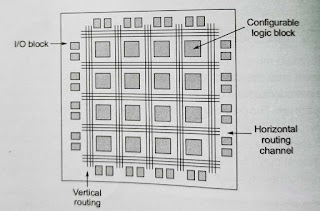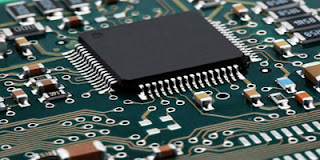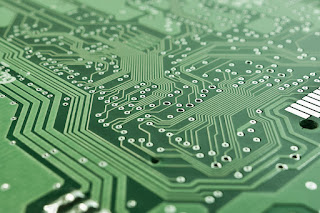Career Options in Embedded System Design

Career options in Embedded System Design What is an Embedded System? An Embedded System is basically just a blend of hardware and software, which is tailor-made for a specific purpose. It is described as an embedded system as it is installed in a sophisticated device which enhances the entire device's performance and functionality. Almost everything we use is part of an embedded system. While such systems are multi-functional, they work best when used as a single function tool. Embedded Systems engineers need to be multi-disciplinary as the field takes pointers from Computing, Electrical, and electronics. Characteristics of an Embedded System Key function : Unlike multi-purpose software which does many things through one interface, an embedded system manages a unique application repeatedly. Interaction : Most of these systems communicate and interact with the real-world and its operational environment. Sensors a


